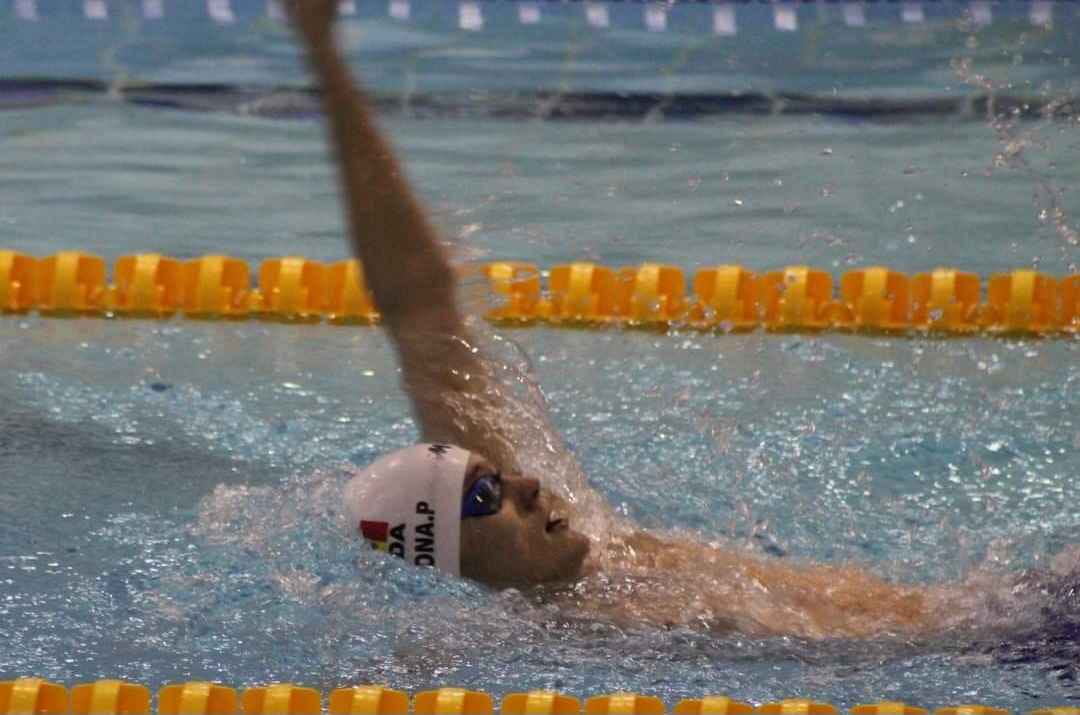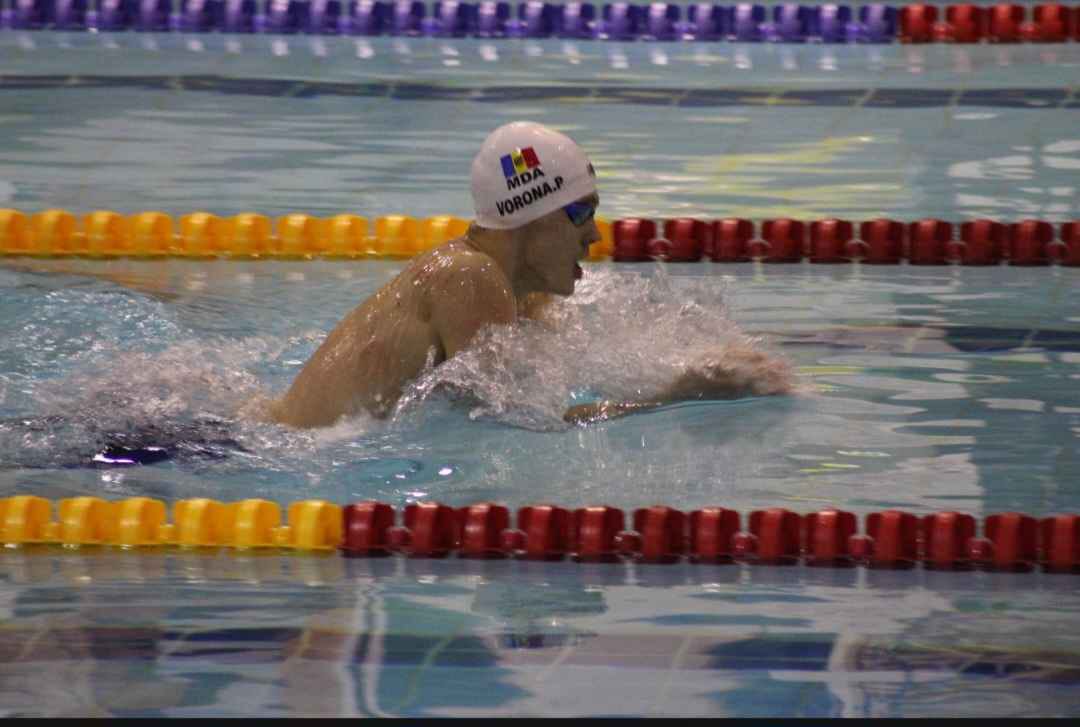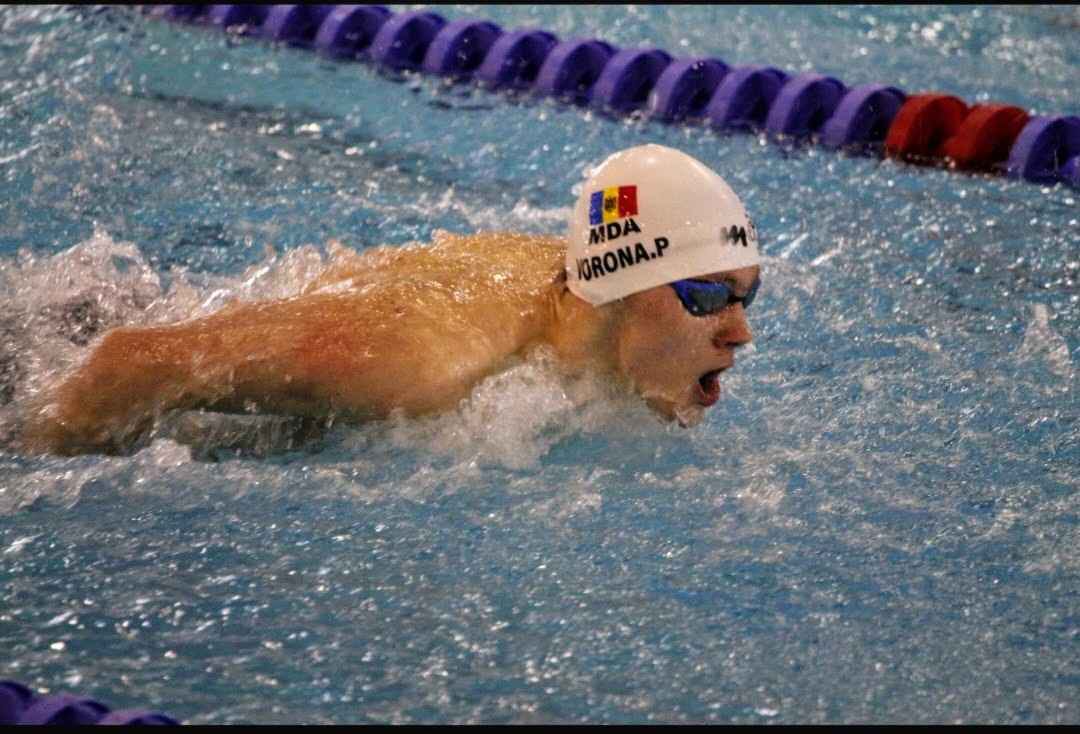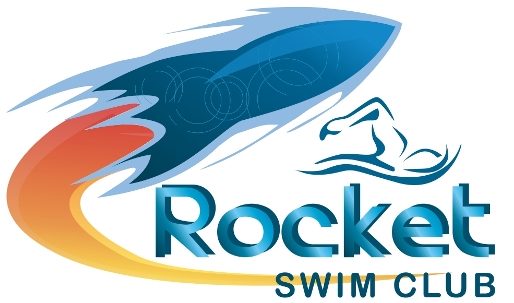Swimming is more than just moving through water—it’s about building skills, gaining confidence, and having fun along the way.
Well, You may be wondering about the types of swimming strokes that are involved in competitive swimming.
This blog is dedicated to explain and shed light on the different strokes, muscles engaged, and some drills that can help you swim each stroke with maximum effectiveness.
Butterfly Stroke
Let’s begin with the stroke that starts our individual medley events – Butterfly.
It is a physically demanding stroke, it engages all major muscles from your shoulders to your legs. This stroke is definitely the least beginner friendly as it requires the most effort and burns the most calories.
To give you an understanding of what it looks like you can picture yourself pulling with both hands at once then throwing them forward above the water, accompanied by a dolphin kick. If just the thought of that sounds exhausting you might want to start with a different stroke.

If you feel ready then let’s talk more in depth about butterfly.
Further Learn: Adult Swimming: Techniques, Benefits and Program
Muscles Engaged in Butterfly Stroke
- Shoulders (Deltoids)
- Chest (Pectorals)
- Back (Latissimus Dorsi & Rhomboids)
- Core ( Abdominals & Obliques)
- Hip Flexors
- Legs (Quadriceps, Hamstrings, Calves)
- Glutes
What drills can be incorporated in Butterfly Stroke?
Body Wave Drill
Arms in front at shoulder level, head up, and wave like motions with your body. You must achieve the wave motion by pushing your chest down, your hips up, and vice versa. Keep in mind that your shoulders should stay at the same level, and you shouldn’t use your legs much.
This drill will help you feel the rhythm, and the chest down – hips up motion which is essential for an effective butterfly.
Snorkel Wave Motion Drill
For this drill you will need a snorkel. Arms to your sides, and wave motions with your body. This drill is similar to the previous, but is easier to grasp for beginners. It will help you understand the chest down – hips up motion. Keep in mind that like in the previous drill, you shouldn’t use your legs much.
Backstroke
Moving on to our next stroke in IM, backstroke.

This is an easier stroke to learn, and is typically introduced earlier in the novice or beginner levels. Backstroke is similar to freestyle – just on your back. It differs from other strokes by being the only one in which you start in the water during competitions.
Let’s discuss it in depth-
- Muscles Engaged in Backstroke
- Shoulders (Deltoids)
- Back (Latissimus Dorsi & Rhomboids)
- Core ( Abdominals & Obliques)
- Legs (Quadriceps, Hamstrings, Calves)
- Hip Flexors
What drills can be incorporated in Backstroke?
Paddle on Chest Drill
Streamline on your back, put a small paddle on your chest and kick. Your goal is to make sure the paddle stays above the water and on your chest. This drill will help you learn the proper body position needed for backstroke, chest and hips up.
Arm Rotation Drill
On your back, 1 arm is extended above the other is extended downwards towards your legs. You count 6 kicks, then switch. Keep in mind that whichever arm is below – that arms shoulder has to be above the water. Here you will learn how to rotate your body and keep your shoulders up.
Breaststroke
Now let’s talk about Breaststroke.
You may consider this the easiest stroke however if done properly it is one of the hardest to master. All strokes are technical but Breaststroke, especially. It is typically introduced in junior levels, and worked on since. If you’re not sure how it looks, picture a frogs leg kicks combined with a simultaneous pull with both arms.

Muscles Engaged in Breaststroke
- Shoulders (Deltoids)
- Chest (Pectorals)
- Back (Latissimus Dorsi & Rhomboids)
- Core (Abdominals & Obliques)
- Hip Flexors
- Legs (Quadriceps, Hamstrings, Calves)
What drills can be incorporated to improve your technique?
Single-Arm Pull Drill with Snorkel
You will need a pull buoy between your legs and a snorkel. On your front begin doing breaststroke pulls 1 arm at a time. Keep in mind not to narrow the pull, keep it wider than shoulder level. This drill will help you pull properly, as well as keep your body position high in the water.
2:1 Drill for Rhythm
Next up you should try the 2:1 drill. You do 1 full stroke, and while gliding you add another kick. This will tremendously help your timing and rhythm, as well as provide you with more awareness over your body position at all times.
Freestyle Stroke
Last but not least, we will talk about the most common swimming stroke – freestyle.

This is the fastest stroke out of the four, based on world records. It is typically the first stroke taught to new swimmers, as it is easier to grasp. But it remains a highly technical stroke, and needs much practice to be used efficiently.
Muscles Engaged in Freestyle
- Shoulders (Deltoids)
- Chest (Pectorals)
- Back (Latissimus Dorsi & Rhomboids)
- Core ( Abdominals & Obliques)
- Hip Flexors
- Legs (Quadriceps, Hamstrings, Calves)
You may see that all strokes use approximately the same major muscles, however keep in mind that in each stroke muscles are used at a different percentage.
What drills can be incorporated to improve your technique?
Streamline Kicking with Snorkel
In this drill you will need a snorkel. In streamline position on your front, simply start kicking. Focus on pushing your chest down a bit and your hips up, to form a slight diagonal line. Here you will learn the proper body position, which will be essential for swimming freestyle properly.
Arm Rotation Drill for Freestyle
This drill , identical to one of the backstroke drills, requires you to have 1 arm extended forward and the other extended down towards your legs. Count to 6 kicks the switch position. Make sure to rotate you entire body and almost be swimming on your side.
Here you will learn proper rotation, body awareness, and some elements of a proper pull. Another note is to focus on keeping your elbow high during your pull.
Conclusion
This blog has covered the four major strokes in swimming, the muscles involved, and drills to help you improve your effectiveness in each stroke.
Remember, this guide offers basic insight into stroke techniques, but swimming is a skill that benefits greatly from real-time feedback.
Working with a knowledgeable coach can provide personalized corrections and guidance for quicker improvement .
As for this blog, I hope it was helpful and provided you with some awareness on stroke mechanics.
Don’t miss out on making waves this 2024-2025 season with RocketSwim!
Spots are filling fast—whether you’re pushing for the podium with our Competitive Training, building skill and confidence in Adult Swimming, helping your child dive into new skills with Kids Training, or enjoying the water at your own pace with Non-Competitive Swimming.
Secure your place now and jump into a season of progress, fun, and lasting memories. Dive in today

